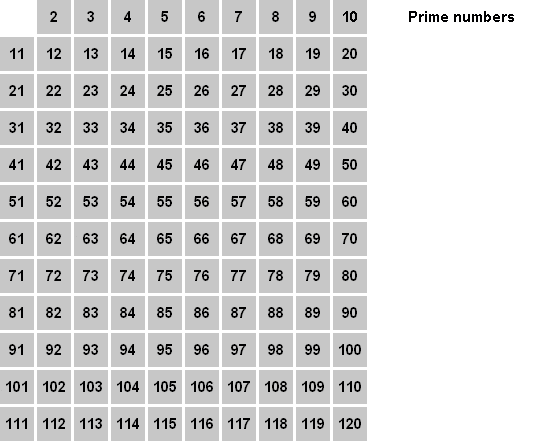Programs
Example: check the parity of a number.
n = 12
if (n % 2) == 0 :
print(n, ' is even')
else :
print(n, ' is odd')
Example: Create three lists containing alphanumeric characters:
List 1 contains digit characters: codes [48 .. 57]
List 2 contains uppercase letter characters: codes [65 .. 90]
List 3 contains lowercase letter characters: codes [97 .. 123]
s1, s2, s3 = [], [], []
for k in range(10):
s1 += [chr(k + 48)]
for k in range(26):
s2 += [chr(k + 65)]
s3 += [chr(k + 97)]
print(s1)
print(s2)
print(s3)
Example: Check if a character is alphanumeric.
s1, s2, s3 = [], [], []
for k in range(10):
s1 += [chr(k + 48)]
for k in range(26):
s2 += [chr(k + 65)]
s3 += [chr(k + 97)]
c = 'a'
if c in s1 :
print('digit')
elif c in s2 :
print('uppercase letter')
elif c in s3 :
print('lowercase letter')
else :
print('not alphanumeric')
Example: Fibonacci sequence.
Calculate the nth term of the Fibonacci sequence.
The Fibonacci sequence is defined as follows:
![]()
n = 10
if (n == 0) or (n == 1) :
fibo = 1
else :
f0, f1 = 1, 1
for k in range(2, n+1) :
fibo = f0 + f1
f0 = f1
f1 = fibo
print(f'fibonacci of {n}: {fibo}')
Example: display the Fibonacci sequence.
n = 10
f0, f1 = 1, 1
print(f'{f0} {f1}', end=' ')
count = 1
while count < n:
fibo = f0 + f1
print(fibo, end=' ')
count += 1
f0, f1 = f1, fibo
print()
Example: check if an integer is prime
num = 11
if num > 1:
for k in range(2, (num // 2) + 1):
if (num % k) == 0:
print(num, "is not a prime number")
break
else:
print(num, "is a prime number")
else:
print(num, "is not a prime number")
Example: the Sieve of Eratosthenes is a process that allows us to find all prime numbers less than a given natural integer N.
The algorithm works by elimination: it involves removing all multiples of an integer (other than itself) from a list of integers from 2 to N.
By removing all these multiples, at the end only the integers that are not multiples of any integer except 1 and themselves will remain, and which are therefore prime numbers.
We start by crossing out the multiples of 2, then the remaining multiples of 3, then the remaining multiples of 5, and so on, each time crossing out all multiples of the smallest remaining integer.
The animation below illustrates the Sieve of Eratosthenes for N=120:

num = 120
prime = []
for i in range(num+1) :
prime += [True]
p = 2
while (p * p <= num):
if (prime[p] == True):
for i in range(p * p, num+1, p):
prime[i] = False
p += 1
for p in range(2, num+1):
if prime[p]:
print(p, end=' ')